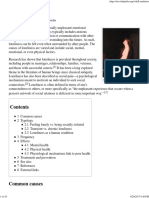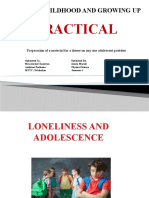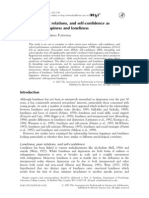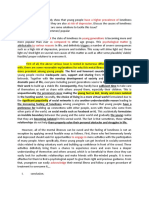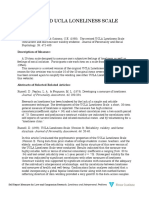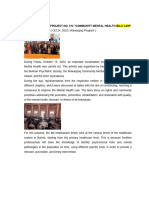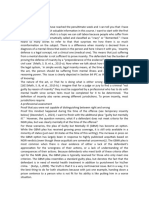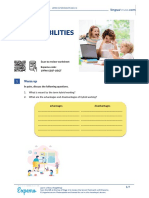0% found this document useful (0 votes)
46 views7 pagesIntroduction
Loneliness is a complex and universal emotion that can arise from various factors, leading to mental health issues such as depression and anxiety. It can manifest physically and is experienced by individuals regardless of demographics, often triggered by life changes or social disconnection. The document discusses various studies exploring the causes, effects, and coping strategies related to loneliness, emphasizing the importance of social connections and interventions.
Uploaded by
fossilpro10Copyright
© © All Rights Reserved
We take content rights seriously. If you suspect this is your content, claim it here.
Available Formats
Download as DOCX, PDF, TXT or read online on Scribd
0% found this document useful (0 votes)
46 views7 pagesIntroduction
Loneliness is a complex and universal emotion that can arise from various factors, leading to mental health issues such as depression and anxiety. It can manifest physically and is experienced by individuals regardless of demographics, often triggered by life changes or social disconnection. The document discusses various studies exploring the causes, effects, and coping strategies related to loneliness, emphasizing the importance of social connections and interventions.
Uploaded by
fossilpro10Copyright
© © All Rights Reserved
We take content rights seriously. If you suspect this is your content, claim it here.
Available Formats
Download as DOCX, PDF, TXT or read online on Scribd
/ 7





